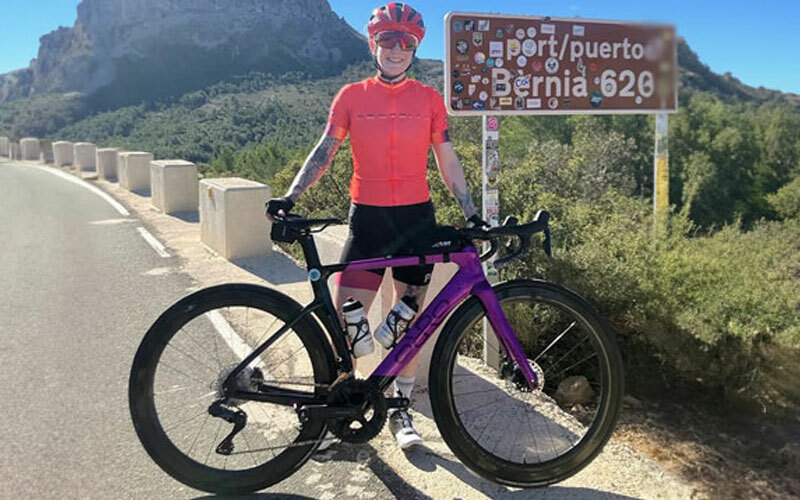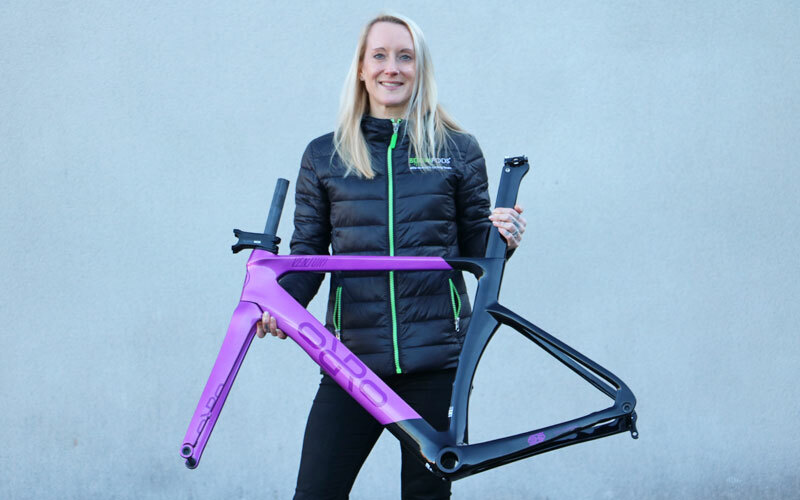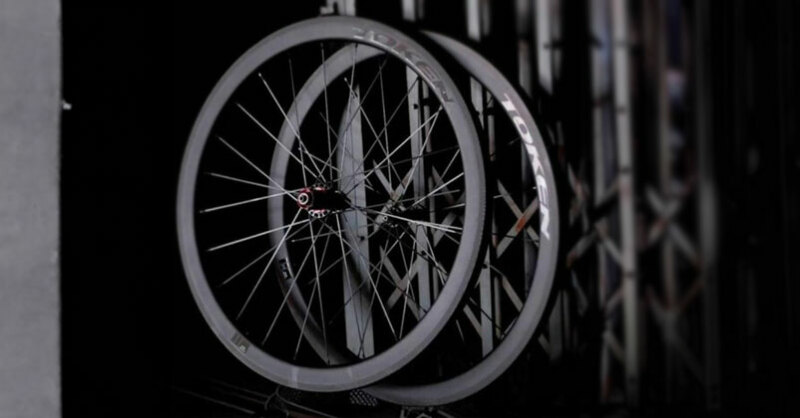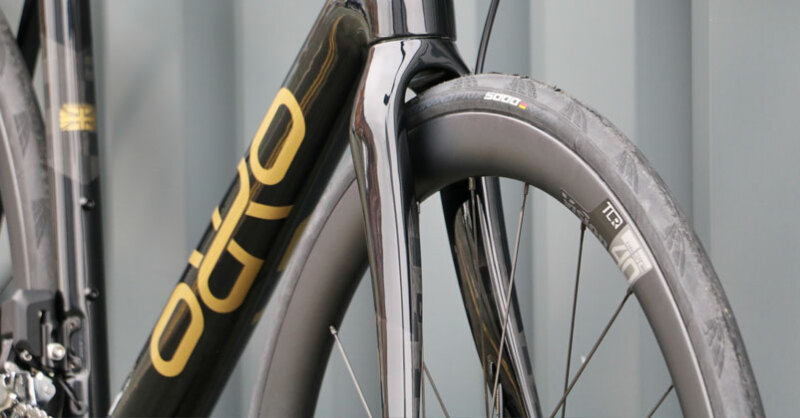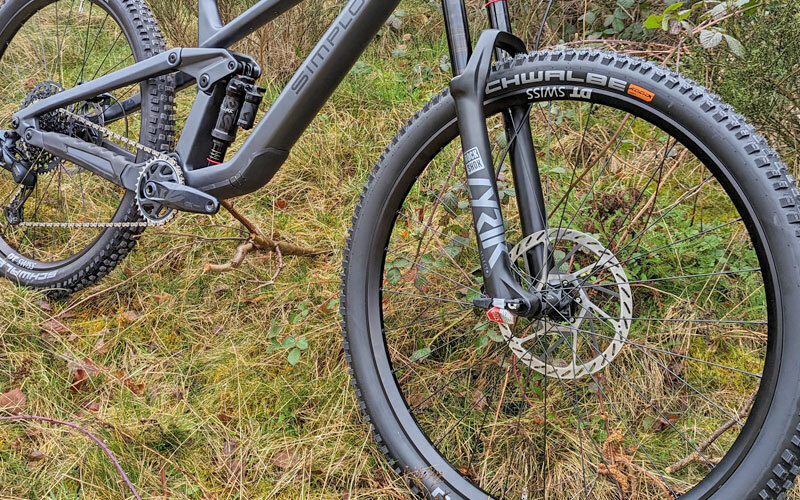Mountain Bike Guide
Choosing a mountain bike can seem a little daunting for newcomers to the world of fat tyres and flat bars. Just as there is with road bikes, there’s a broad spectrum of MTB types, targeting different types of riders and the terrain they prefer to ride.
.jpg)
Different Types of Riding
While you don’t have to use them for these specific activities, mountain bikes are aimed towards these types of riding.
Leisure Riding
Leisure riding includes, general riding in parks, trails and paths, riding for fitness and fun. Mountain bike leisure riding can cover a wide range of terrain and allow riders to venture off the beaten path.
Cross Country
The original form of MTB, cross country is predominantly on naturally occurring trails or on purpose built cross country courses in trail centres. Terrain can be varied, from hard packed ground to tree routes and other natural or man-made obstacles – not too extreme though.
Trail
Non-competitive cross country is often referred to as Trail riding, or if you prefer less compartmentalized hobbies, it’s just mountain biking. Typical trail terrain fits somewhere between cross country and enduro / all mountain, a little more extreme than a cross country course.
.jpg)
Enduro / All Mountain
Enduro racing is essentially gravity assisted, it involves a series of timed downhill sections. In a trail center setting, enduro courses would be ‘black’ and more challenging with bigger jumps and drops. Enduro / All Mountain bikes tend to have 150 – 180mm of suspension travel, slacker angles and dropper seatposts. All-Mountain bikes are essentially non race versions of enduro bikes.
Downhill
Gravity assisted downhill bikes are essentially set up for adrenaline addicts. It’s all about going downhill quickly and gaining plenty of air-time. Suspension is usually around 160mm plus, longer wheelbase and slacker angles provide more high speed stability and 2.5 inches or wider tyres. The number of gears and weight of the bike is less important.
Different Types of MTB
Rigid
With no suspension, rigid bikes are now relatively niche and thin on the ground. While they are a good option for easier trails and paths, much of this market has steered more towards drop-bar cyclocross and gravel bikes.
Hard Tail
Front suspension or hardtail bikes come in a broad range of riding styles from leisure bikes to jump bikes and a wide range of options in between. Having no rear suspension does limit hard-tail bikes to the not as extreme side of mountain biking. However hardtails are a good option for many riders, they are typically lower cost, lighter and easier to maintain than a full suspension bike. Modern suspension forks offer a great mix of performance and relatively light weight and low maintenance.
Duel / Full Suspension
Suspension helps smooth out the trails, the rougher the trails, the more the amount of suspension travel will help. Typically the range of suspension travel is somewhere between 80 – 200mm of travel, depending on the type of bike and its intended use. The downside to front and rear suspension is that bikes tend to be heavier than hardtails, they also lose some pedaling efficiency and need a little extra maintenance.
.jpg)
Frame Materials
Steel is the material used for entry level mountain bikes. Steel is strong and relatively cheap but is heavy (compared to aluminium and carbon), it’s also liable to corrosion. High quality top-end steels are harder to build into frames and expensive to use, so many MTB manufacturers choose to go with aluminium or carbon instead.
Aluminium is the most popular material for mountain bike frames. It is light and stiff and frames are easier to make and cheaper than frames made from carbon fibre. Aluminium can be single, double or triple butted – butting allows different thickness of tube to vary, often thinner in the centers to save weight and thicker where the tubes join at the ends.
Carbon Fibre has the best stiffness to weight ratio of any material used to build mountain bikes. The downside is that carbon frames still tend to be more expensive, it can also crack under excessive stress - if involved in a crash for example. If carbon frames are crashes they can have hidden fractures.
.jpg)
Wheel Size
26” Wheels were the original standard wheel size in MTB. 26” wheels were nimble and light, however there was a much debated about move to larger wheels which offer more traction and better roll-over ability.
27.5” (also known as 650b) largely replaced 26” as ‘the norm’ in the mountain bike world, they are bigger than 26” and so offer better roll-over ability and more traction. However, they are generally lighter, stronger and more nimble than 29 inch wheels.
29” Wheels (also known as 29ers) provide the ultimate roll over ability and traction, however the draw back for their size is extra weight and lack of nimbleness. 29 Inch wheels are also a bit of a handful in smaller size frames and can be difficult to incorporate into smaller size full suspension bikes. For these reasons, 29 inch wheels tend to be used more in cross country bike where rolling speed is more important than nimbleness.
Plus Size wheels and tyres (27.5+ and 29+) allow a bigger volume of air for greater traction, grip and comfort. Plus tyres are up to 3 inches wide. Fat bike wheels are 26 inches and can only be used with fat bike framesests. They are designed for wider tyres up to 4 inches wide.
Geometry
Frameset geometry plays a large role in how mountain bikes handle across different terrain. Slacker geometry at the front end of the bike works in conjunction with the fork offset to offer more stability on descents, many aggressive hardtails, enduro / all-mountain / downhill bikes feature slacker headtube geometry often between 62 and 64 degrees. Trail bikes tend to be around 64-66 degrees. Cross country bikes and 29er’s tend to have steeper headtube angles which is good for faster steering and can make the feel faster on flatter terrain.

